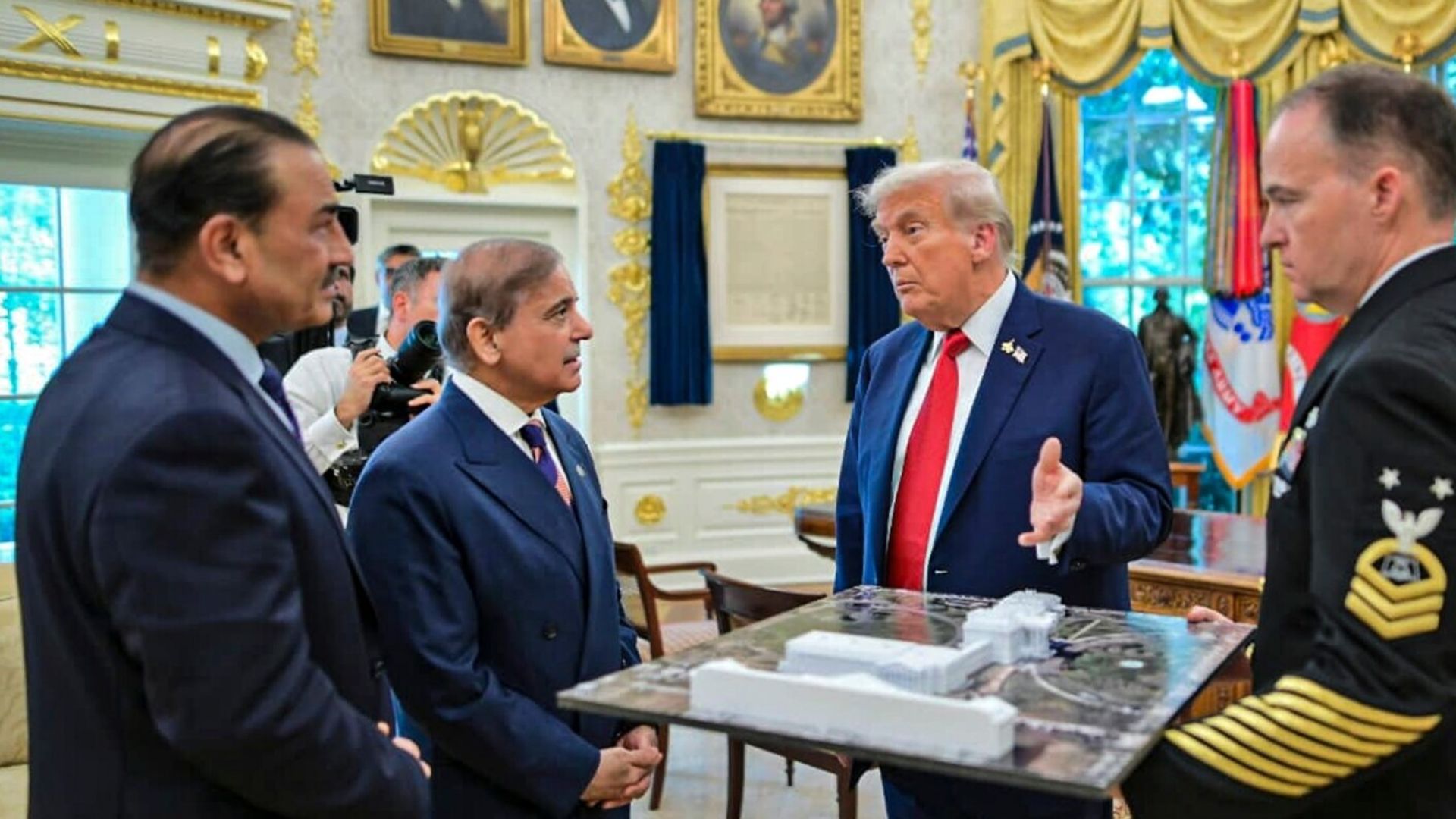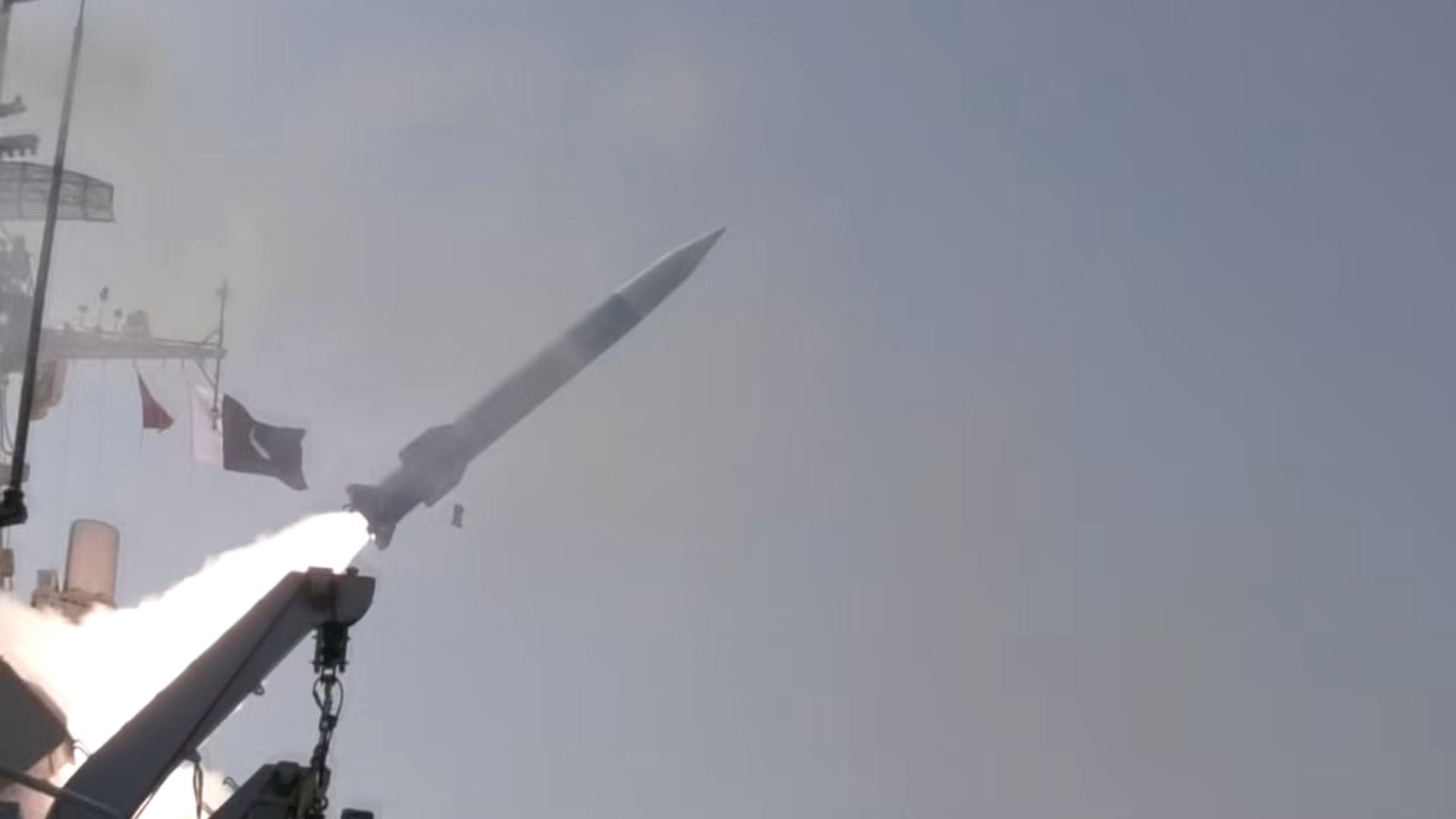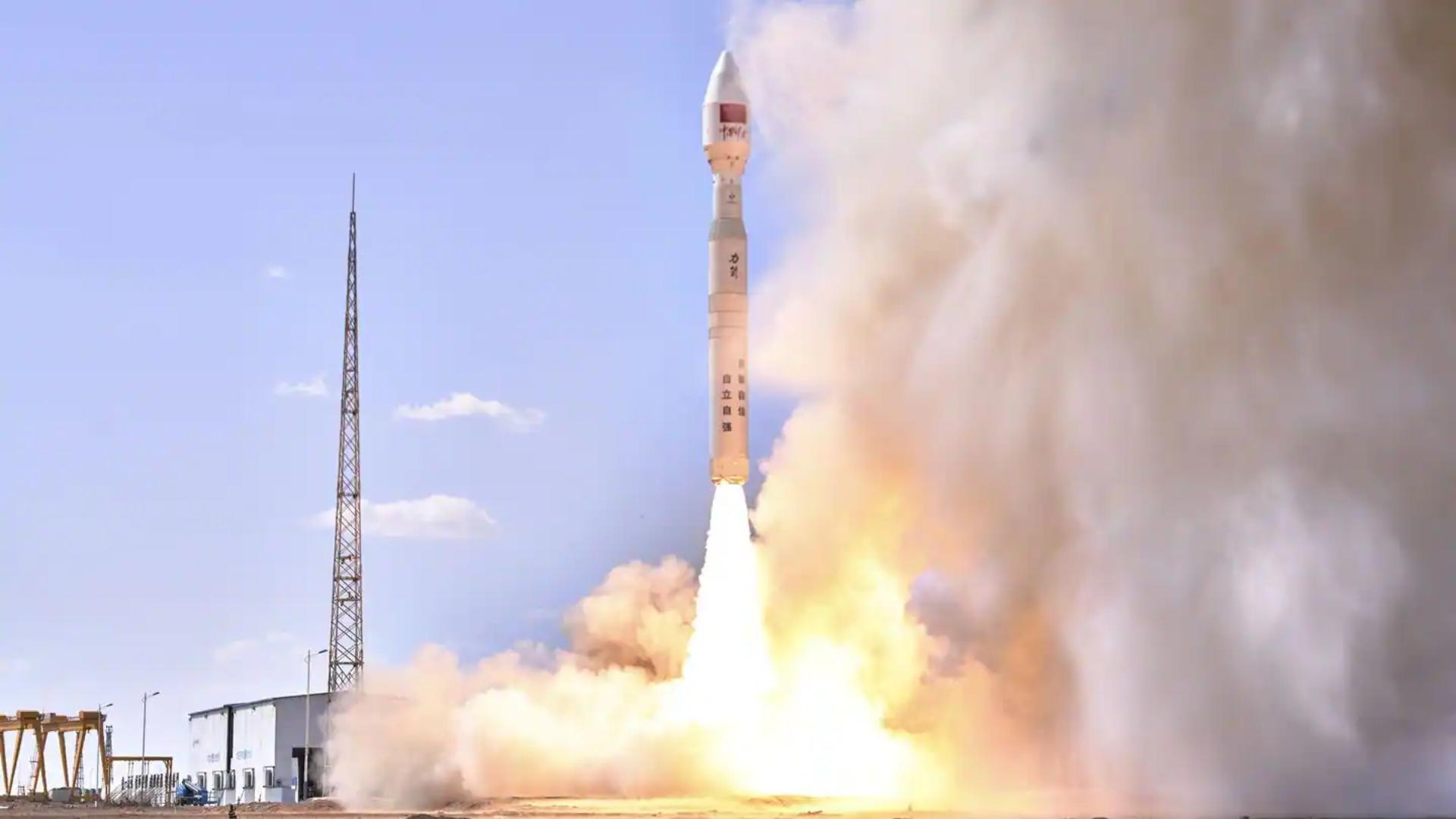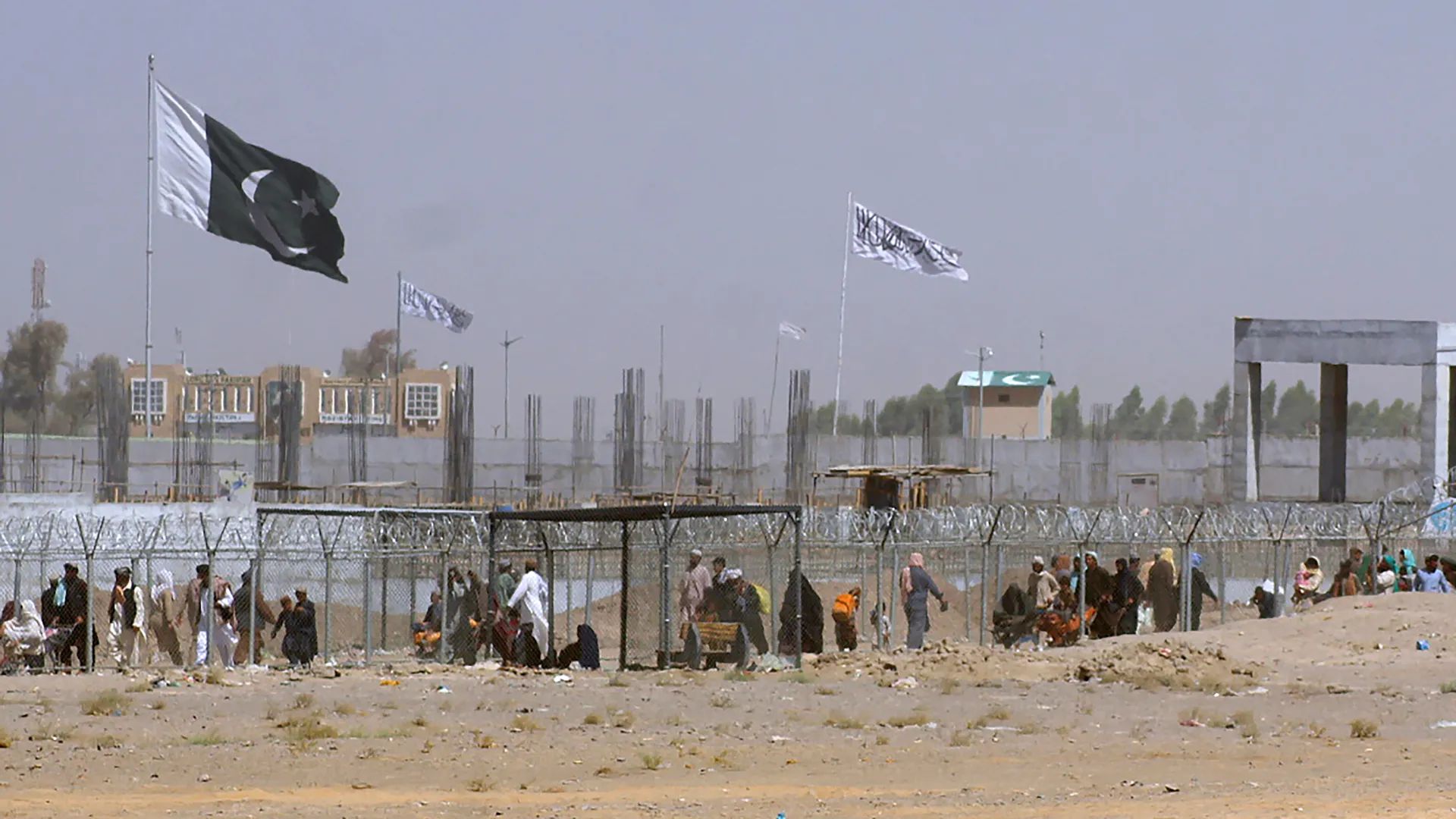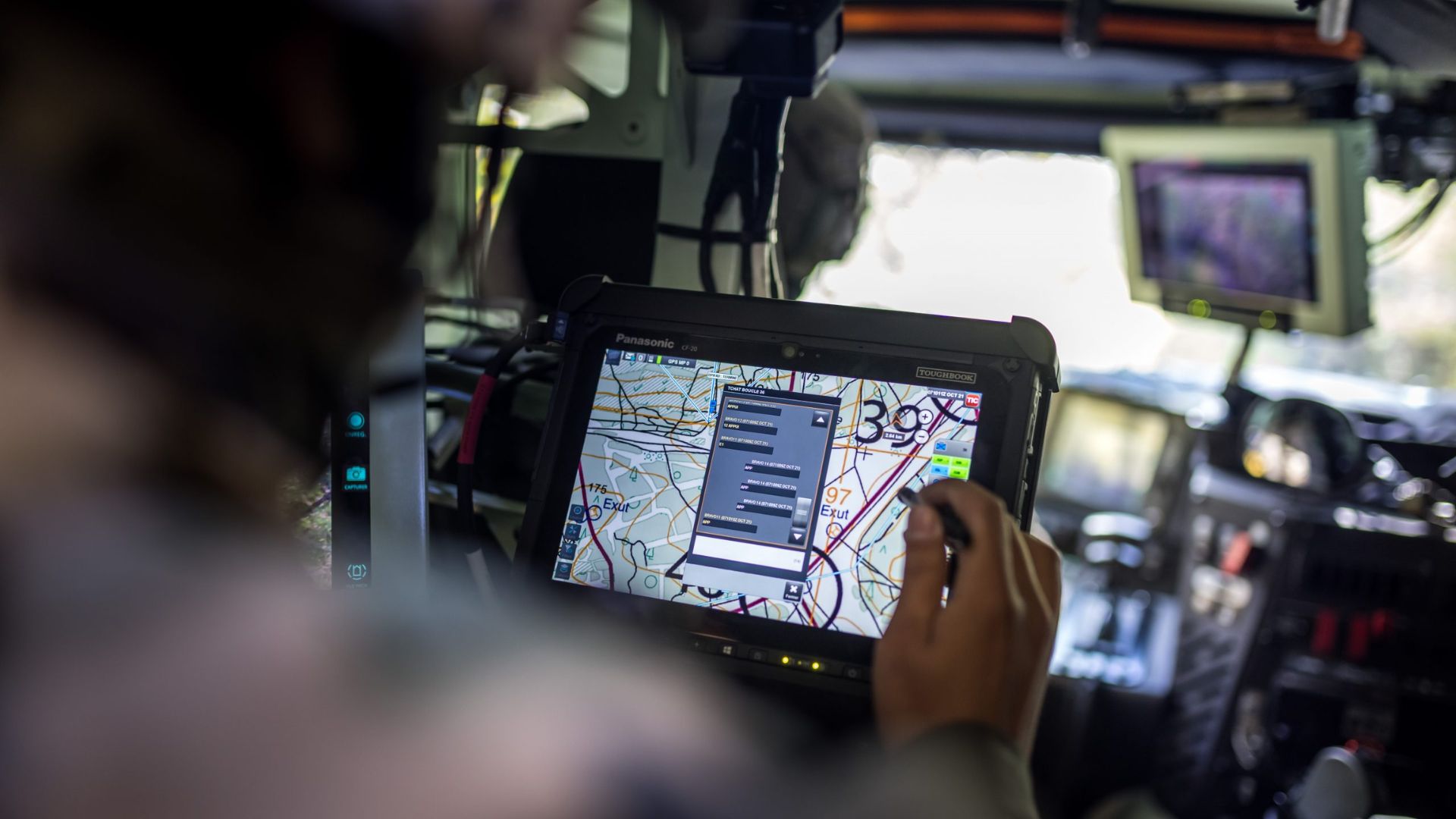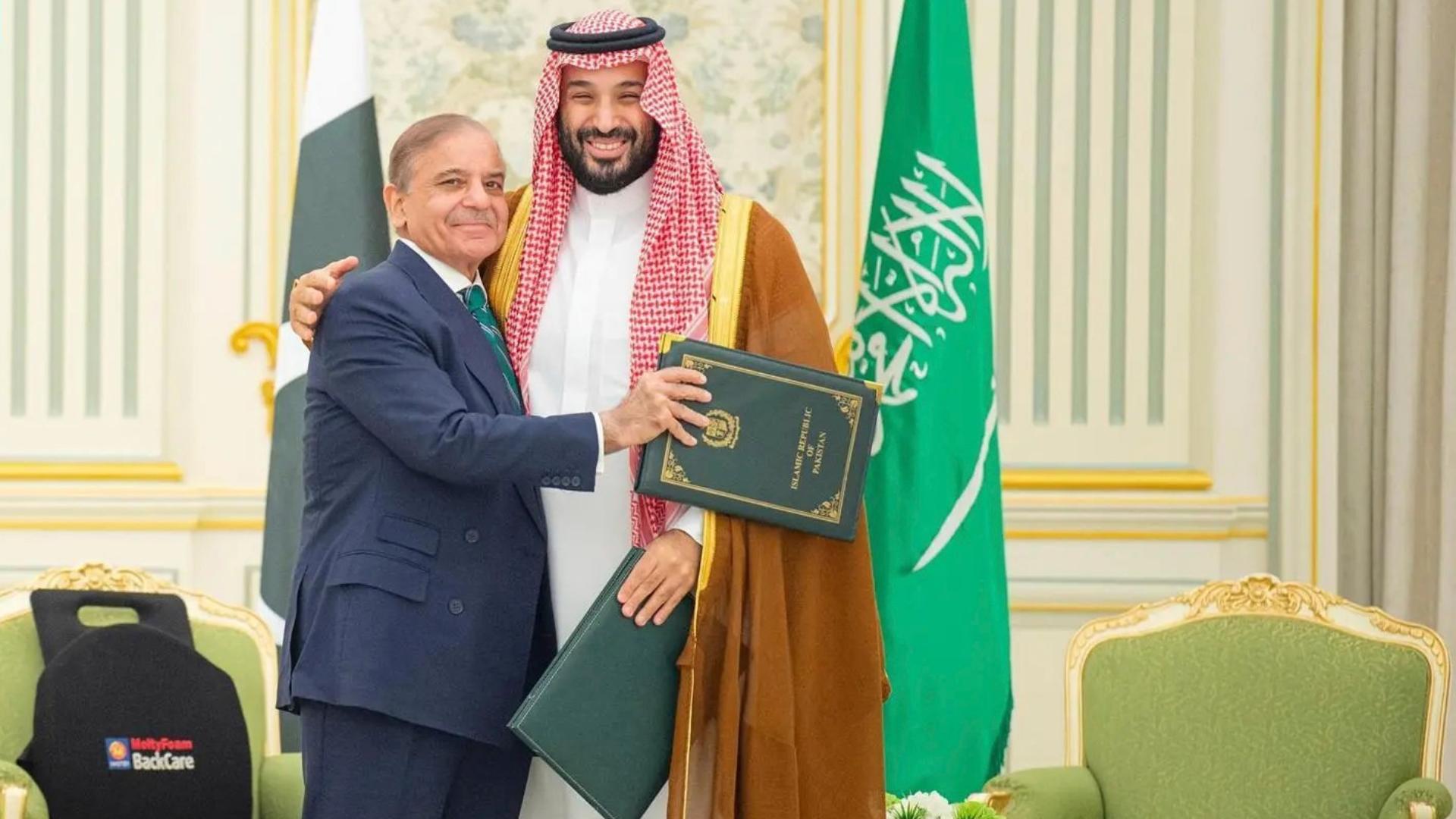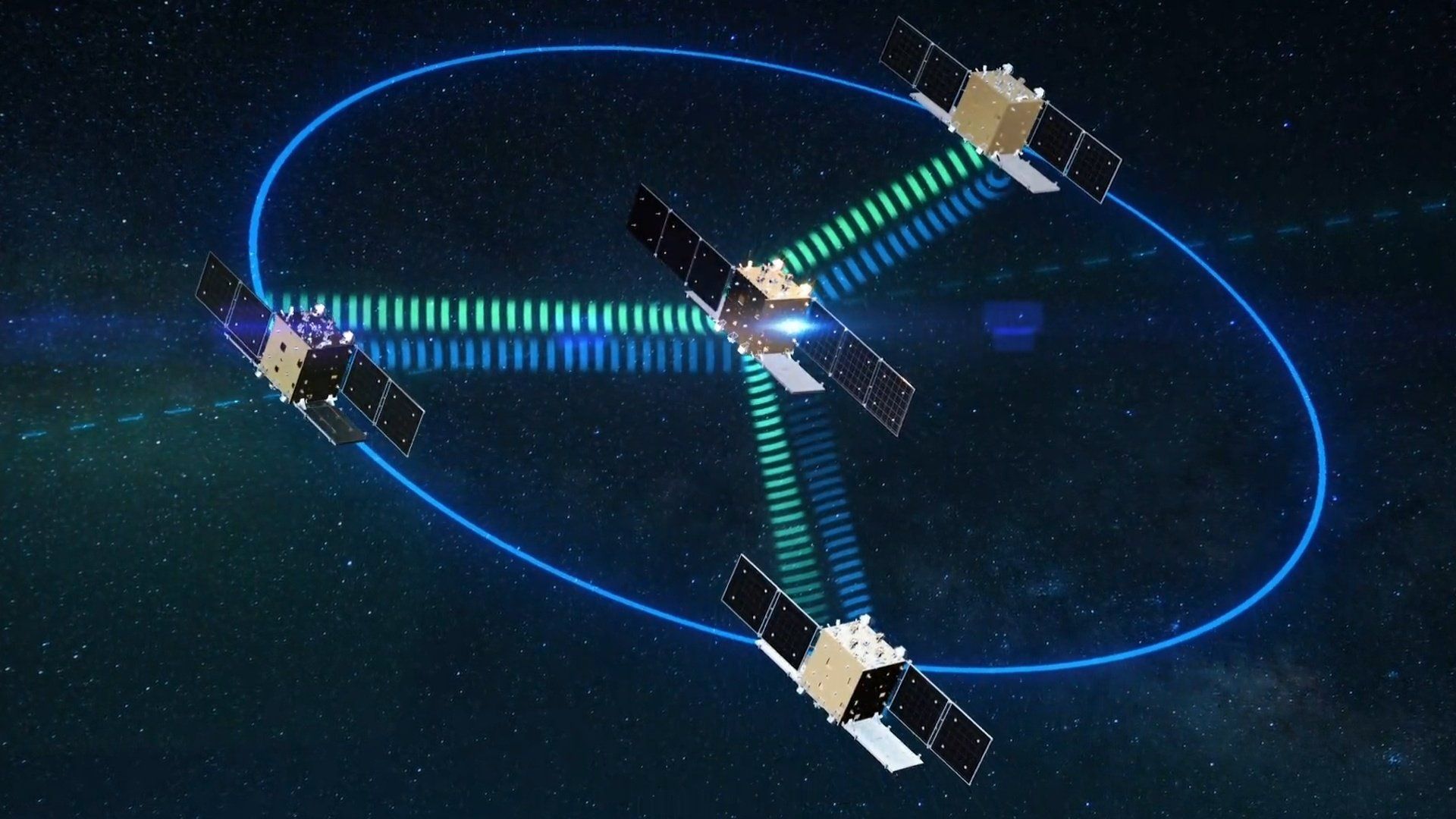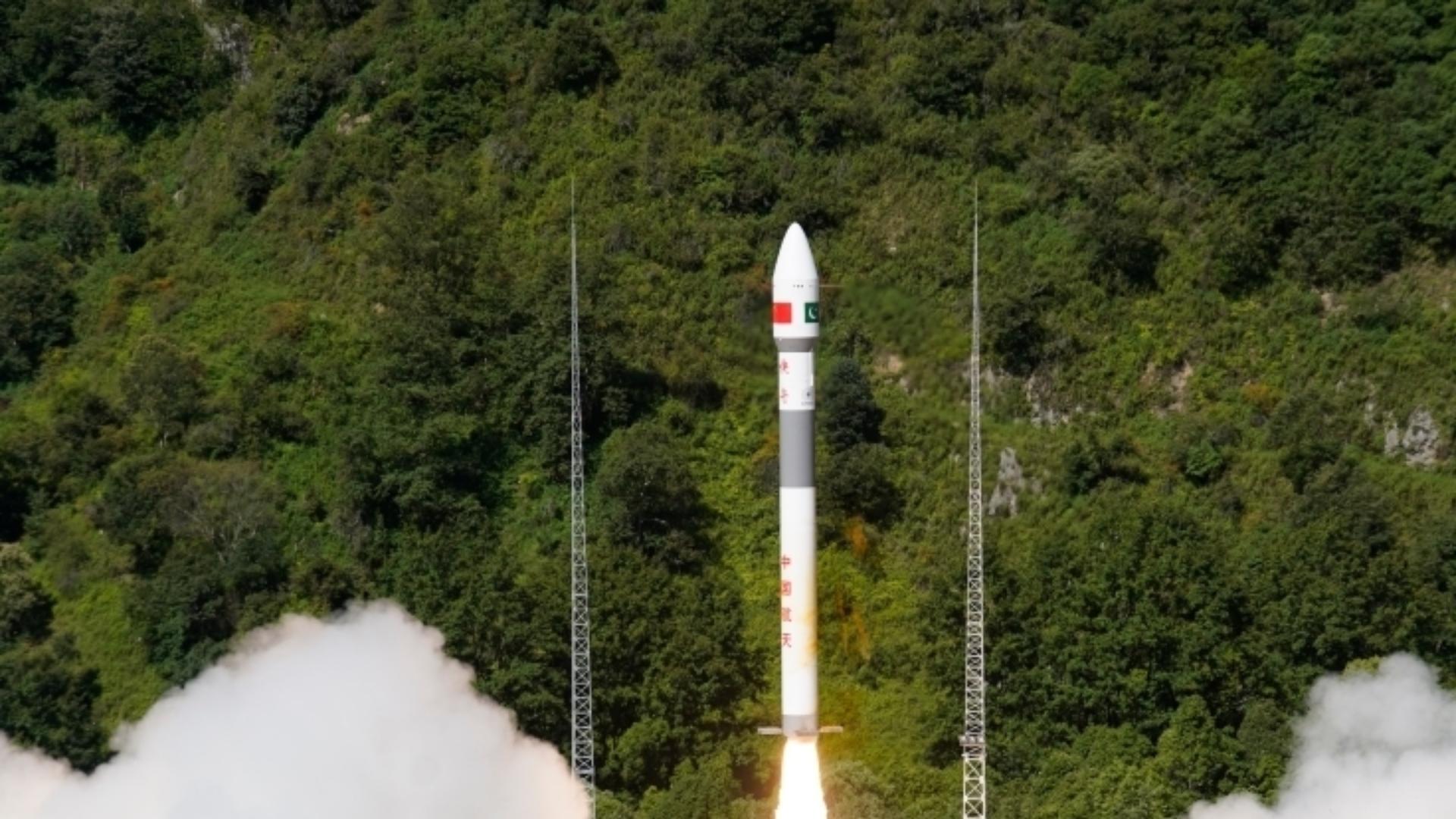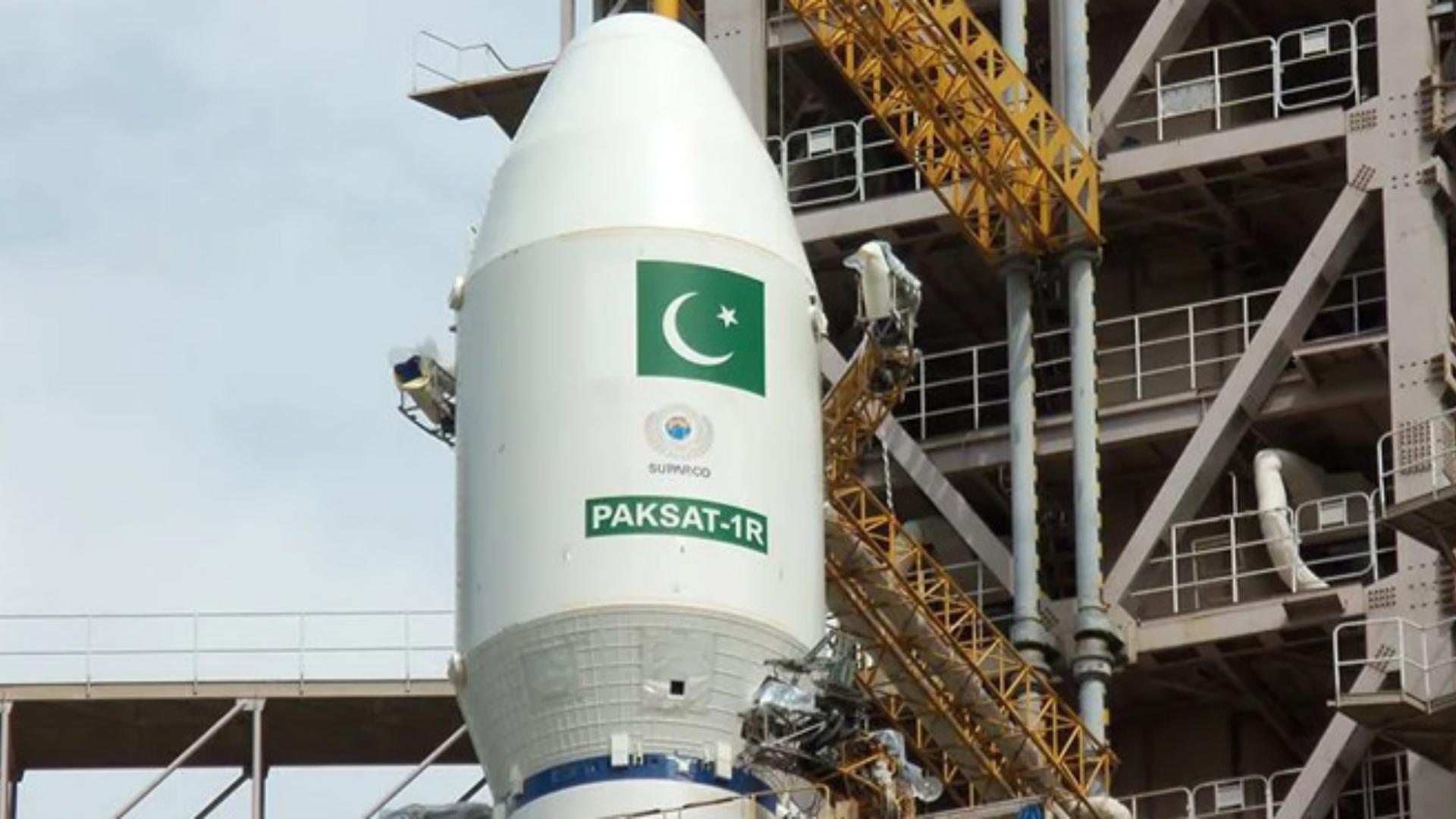Trump’s 2025 NSS offers Pakistan trade and financing to “Look West.” The catch? Balancing American money with the Chinese jets defending it.
Pakistan’s new 350km SMASH missile isn’t just a Chinese clone. Inside the strategic shift to mass-produced conventional strikes.
Pakistan’s new HS-1 satellite completes a powerful “triad” with SAR and EO, enabling it to see through camouflage and identify decoys from space.
Pakistan’s renewed clashes with Afghanistan mark a shift in Islamabad’s security posture — from eastward deterrence toward a westward, US-aligned focus once again.
In response to the IAF’s claims, Pakistan’s Air Force is turning to space. Find out how new satellites are revolutionizing military strategy and target management.
The new Saudi-Pakistan defence pact is more than meets the eye. It signals a major strategic shift in South Asia’s power balance. What does it really mean?
A $406M deal with China could give Pakistan a satellite network with hourly imaging capability, a leap in surveillance that could tip the regional balance.
Speaking with Quwa, GIDS CEO Asad Kamal highlighted that “collaboration between the Turkish and Pakistani industry has much more potential than where it is today,”
On 31 July 2025, China launched a remote sensing satellite for Pakistan using a Kuaizhou-1A satellite launch vehicle (SLV) from the Xichang Satellite Launch Center.
In Pakistan’s proposed fiscal budget for 2025-2026, the Space and Upper Atmosphere Research Commission (SUPARCO) saw a 91.7% decrease in its year-over-year (YoY) allocation compared to the previous year, with the Public Sector Development Programme (PDSP) provisioning $19.5 million USD (compared to…

